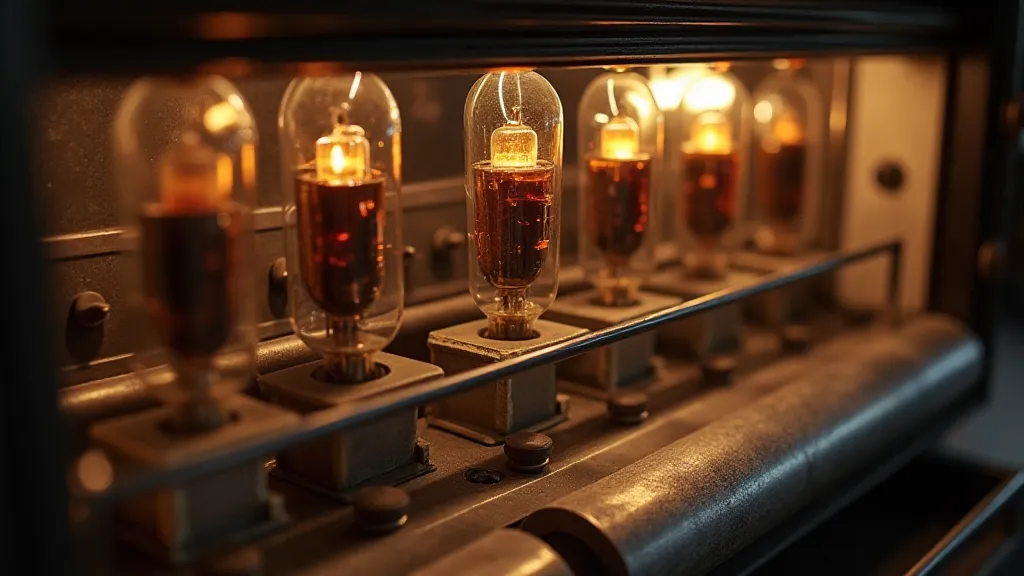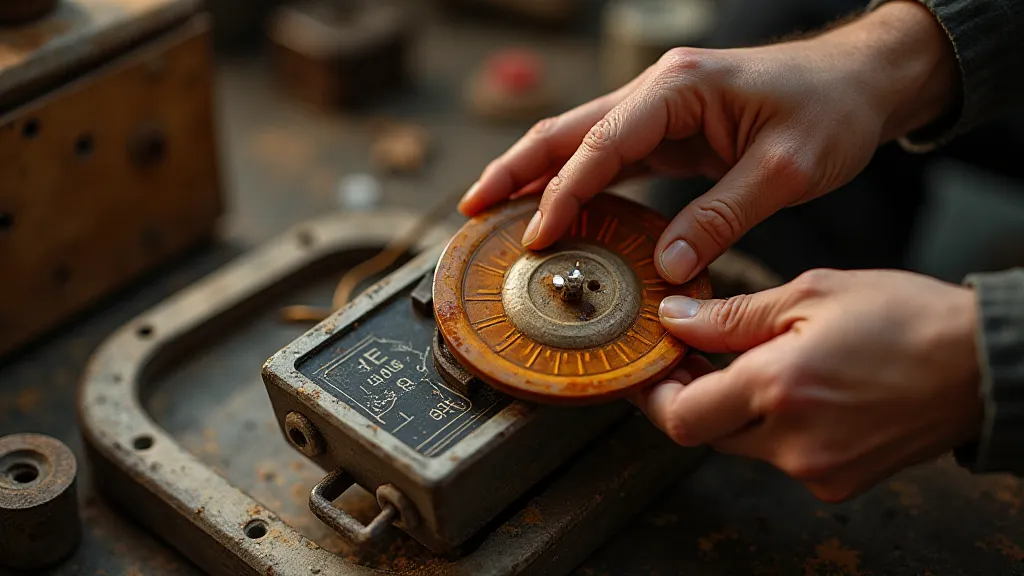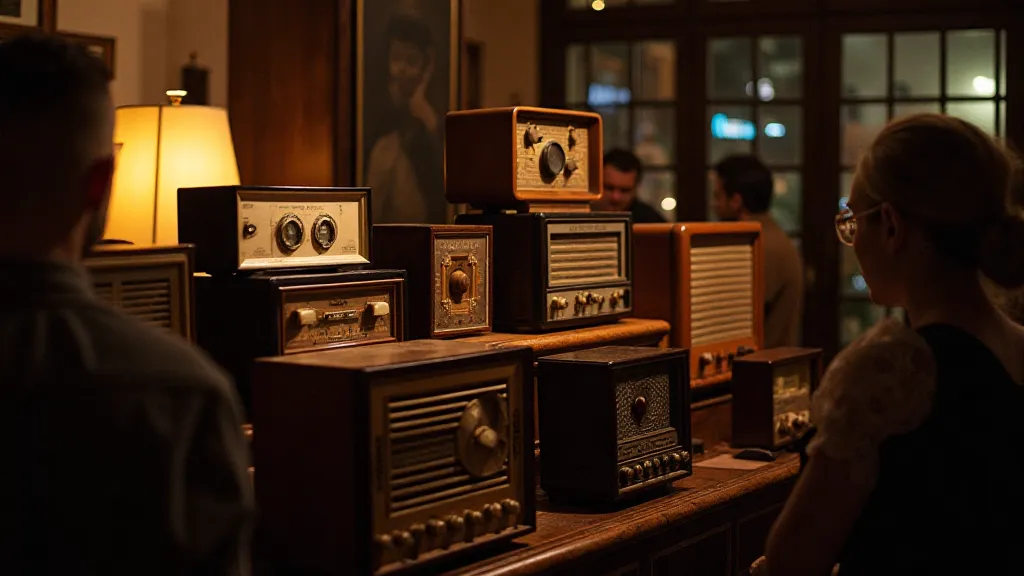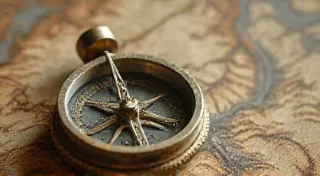The Collector's Compass: Guiding Principles for Building a Radio Collection
There's a particular scent that clings to antique radios – a blend of aged wood, vacuum tubes warmed by years of operation, and the faint whisper of bygone eras. It’s not just a smell; it’s a portal. A portal to a time when entertainment was shared, when families gathered around a single piece of furniture to hear distant voices and music, when the very act of listening was a ritual. Building a collection of antique radios isn't simply acquiring objects; it's curating a connection to that history, a tangible link to the ingenuity and artistry of the past. But where does one begin, and how does one build a collection that resonates beyond mere possession?

Beyond the Acquisition: Defining Your Collection's Soul
The allure of antique radios is undeniable. They represent a pivotal moment in technology and culture—the dawn of mass media, the shrinking of the world. But a collection built solely on rarity or perceived value often lacks a genuine heart. Consider your "why." Are you drawn to a specific manufacturer, like the elegant Art Deco designs of RCA or the robust reliability of Philco? Or perhaps you're fascinated by a particular era, such as the "golden age" of the 1930s? Defining your focus provides direction and allows you to develop a deeper appreciation for the nuances within your chosen field.
My own journey began with a single Philco 40 – a sturdy, brown-bodied set rescued from a dusty attic. It wasn’t particularly rare, nor was it in pristine condition. But the sheer solidity of its construction, the satisfying click of the tuning knob, and the faint echo of conversations it must have once carried – those were the elements that captivated me. That single radio spurred a desire to understand the technology, the design, and the context in which it thrived. Understanding the fundamentals of radio propagation and its influence on those early broadcasts is key to appreciating the challenges and innovations of the time, a concept further explored in The Fabric of Frequencies: Understanding Radio Propagation and its Influence.
The Pillars of Selection: More Than Just Aesthetics
While aesthetics certainly play a role – and the beauty of these machines is undeniable – true collecting goes beyond surface appeal. Consider these pillars when evaluating potential additions to your collection:
- Condition: This is often the first consideration. A radio in original, working condition is highly desirable, but even non-working sets hold value. “As-found” condition is often preferred by purists, preserving the patina of age. Extensive restoration alters originality, which affects collectibility.
- Rarity: Production numbers, model variations, and regional differences all influence rarity. Less common models, especially those with unique features, command higher prices and greater interest.
- Originality: Are the original knobs, dials, and cabinet intact? Replacement parts, while sometimes necessary for functionality, diminish a radio’s originality.
- Documentation: Original schematics, advertising brochures, and owner’s manuals are invaluable. They provide insight into the radio’s design, function, and marketing.
It’s tempting to chase the most expensive or rarest models, but remember that a collection built on passion, rather than profit, will bring far greater satisfaction. Focus on acquiring radios that speak to you, that spark your curiosity and inspire a sense of wonder. The allure of Art Deco designs, for example, can be a significant draw for many collectors, and the subject is well explored in A Cabinet of Curiosities: Beyond the Functionality – The Art Deco Radio Aesthetic.
Preserving the Past: Respectful Restoration and Care
Restoration is a delicate balance. While bringing a radio back to life is rewarding, it’s crucial to approach it with respect for the original craftsmanship. Over-restoration, where components are replaced with modern equivalents, can significantly detract from its authenticity. Recognizing and addressing subtle malfunctions often requires a practiced ear, as detailed in “The Ghost in the Vacuum Tube: Diagnosing Subtle Radio Malfunctions”.
A light cleaning to remove dust and grime is often sufficient. More involved repairs, such as replacing vacuum tubes or re-stuffing the speaker cone, should be undertaken with caution, ideally by someone with experience in vintage electronics repair. Research the radio thoroughly before attempting any work. Keep meticulous records of any modifications or replacements – a well-documented restoration adds to the radio's history.

The Emotional Resonance: Connecting to the Story
The true value of an antique radio collection lies not in its monetary worth, but in the emotional connection it fosters. Each radio has a story to tell – a history of families listening to baseball games, news broadcasts, and dance music. Imagine the conversations that unfolded around that Philco 40 I mentioned earlier. The laughter, the debates, the shared moments of joy and sorrow – all imprinted upon the machine.
Consider the era in which your radios were manufactured. The Great Depression, World War II, the post-war boom – each event shaped the design, function, and cultural significance of these machines. Understanding this context enriches your appreciation and provides a deeper connection to the past. The echoes of these bygone eras can also be found in exploring the stories behind radio programming and its impact, further detailed in “Resonance of a Bygone Era: Exploring Radio Drama and its Cultural Impact”.
Beyond the Radio: Expanding Your Appreciation
Collecting antique radios isn’t just about the electronics themselves; it’s about appreciating the entire ecosystem surrounding them. Research the designers, the engineers, and the marketing executives who shaped the industry. Explore the advertising campaigns and the social trends that influenced consumer behavior. Visit antique shops, flea markets, and radio clubs to connect with fellow enthusiasts. The nuances of lost signals and the ongoing efforts to decipher them reveal a fascinating aspect of radio history, and “The Echoes of Silence: Deciphering Lost Signals in Antique Radios” delves into this topic further.
The terminology used to describe radios has also evolved over time, a subject illuminated in “The Lexicon of Loss: Common Radio Terminology – Then and Now”.
The Preservation of Broadcasts and the Scribes of Static
Documenting restoration projects is key to preserving the history of these remarkable machines. Just as “The Scribes of Static: Documenting Restoration Projects for Future Generations” advocates, meticulous record-keeping allows future enthusiasts to learn from your efforts and appreciate the evolution of restoration techniques. This is essential for ensuring that the knowledge of repairing and maintaining vintage radios doesn't vanish.
Troubleshooting Intermittent Issues and the Guardians of the Airwaves
Dealing with intermittent operation can be frustrating. Understanding the intricacies of these issues, as explored in “The Shadow of the Switch: Troubleshooting Intermittent Radio Operation”, is crucial for successful restoration. Community radio continues to play a vital role in preserving the spirit of early broadcasting, and “The Guardians of the Airwaves: Community Radio and the Spirit of Preservation” celebrates this ongoing legacy.

Building a collection is a journey, not a destination. There will be setbacks and challenges along the way. But the rewards – the satisfaction of restoring a piece of history, the joy of sharing your passion with others, and the profound connection to the past – are immeasurable.
That initial Philco 40, the radio that started it all, now sits proudly in my collection, a tangible reminder of the journey and the enduring power of these remarkable machines. It’s more than just a radio; it's a window into a bygone era, a testament to human ingenuity, and a source of endless fascination. Understanding the hum of time – the degradation of transformers – is also important for long-term preservation, a subject examined in “The Hum of Time: Understanding Transformer Degradation in Vintage Radios”.





